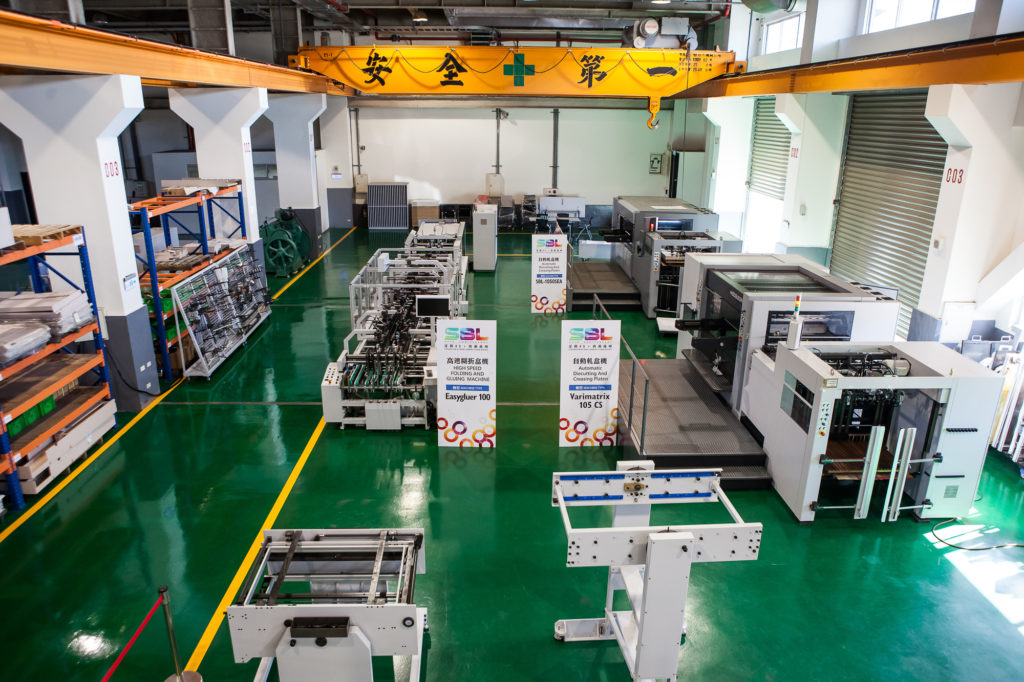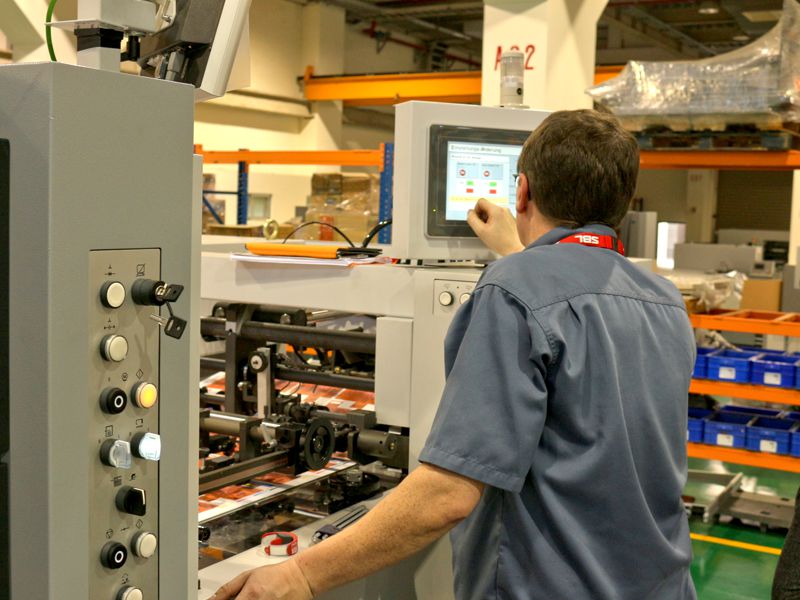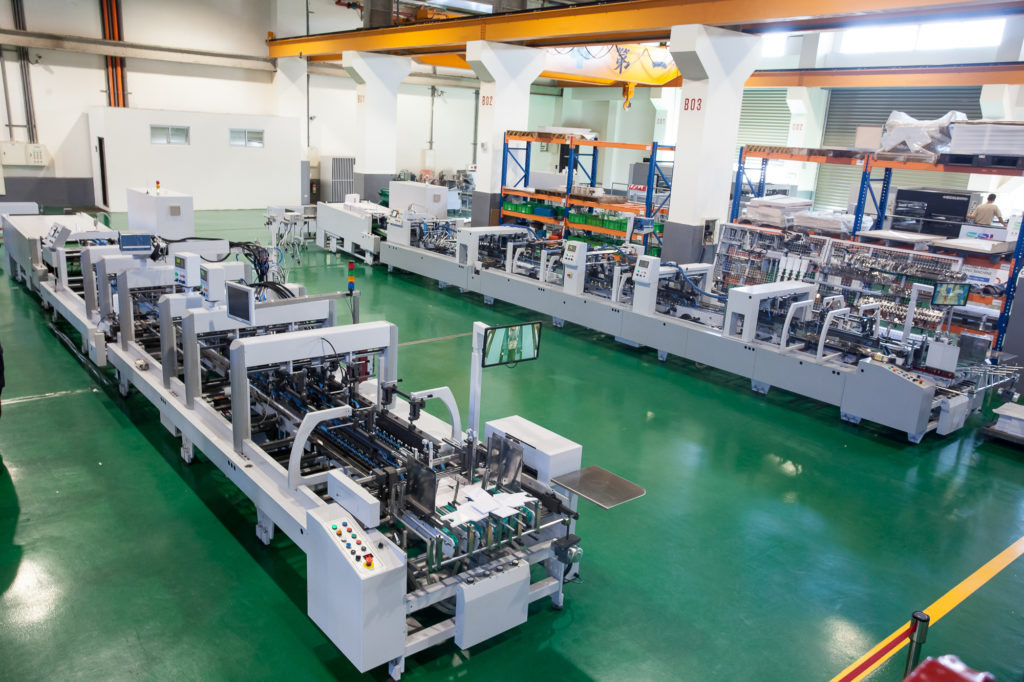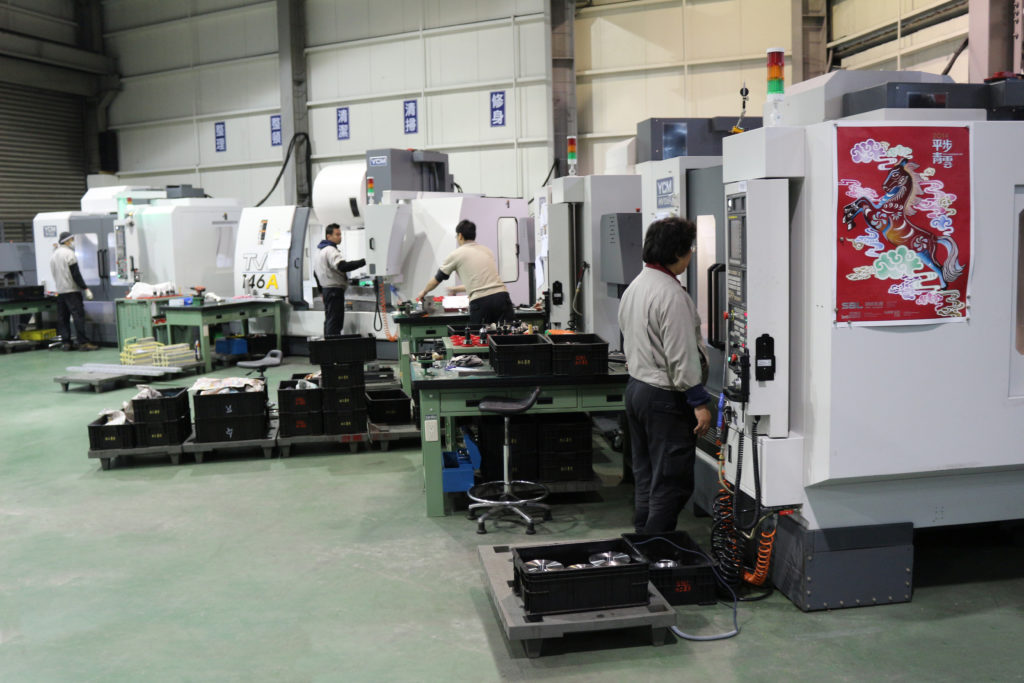Proper Maintenance for Die Cutting Machines: The Key to Longevity
Rotary die cutting machines are engineered for continuous, long-term operation. Robust and integrated with the latest in die cutting technology, the machines we build at SBL Machinery can produce custom-cut packaging and paper products by bulk and at rapid speed.
Any equipment that’s subjected to intensive and constant use needs regular and proper maintenance. Otherwise, its efficiency and the quality of its output could deteriorate. Maintenance is even more necessary when the machine is essential to production. No matter how well-built the machine is, the lack of maintenance increases the risks of downtime and investment loss.
You can prevent these problems from plaguing your operations. If your platen die cutting machine is critical to your everyday production, observe the following preventive maintenance measures:
Cleaning
Empty the chamber that collects the slugs, clean the cylinders, and remove all debris. Plant fibers can get caught in the hardware as the paper or cardboard sheets move from one station to another. If they accumulate, they can displace the sheets in the die cutting machine. The tiniest shift in the angle or placement could affect the accuracy of the cuts, folds, and creases, so it is crucial to keep die cutting machines clean inside out.


Hardware inspection
A routine inspection of the loose and attached parts of the machine can save you from equipment damage. Besides debris buildup, look out for dull burrs, loose wheels and fasteners, worn-out belts, snapped rubber components, and all broken or missing parts.
Alignment, recalibration, and troubleshooting
A brief alignment test in-between operational days will ensure your die cutting machine is in optimal condition on days when it is put to work. Here are a few things to check:
- Level the platen.
- Replace worn-out timing belts, anvil cylinder springs, and other parts that are prone to deteriorate fast.
- Check the precision of the dies, guideposts, creasing and folding stations.
- Check if you’re using enough shims (cardstock inserts used to reduce chute clearances and raise the paper so that the die can cut it properly).
- Review the settings and instructions programmed into the machine, i.e., the depth of the cuts and liner strikes.
- Run QA tasks and check for recurring flaws, such as breaks in perforations.
- Check the burr height and clearance ratio (Pro tip: Increasing the punch-to-matrix clearance enlarges the hole size, reduces stripping friction, and increases the tool’s life overall).


Pressure and heat checks
Die cutting machines can heat up in the hours that it is operational. Measure and record the pressure and peak temperatures of the machine and watch out for irregularities. They often signal electrical and hardware problems.
Many of these preventive maintenance best practices are best left to trained operators and technicians, preferably those who are particularly knowledgeable about the brand and model that you own. For SBL rotary die cutting machines, we’re the best people to approach if you seek regular maintenance services and training for your in-house operators.
Extending the Life of Rotary Die Cutting Machines
Apart from regular maintenance, proper handling is also essential to extend the serviceable life of rotary die cutting machines. Here are some key tips:
- Don’t allow die blades to get into contact with metal. Only the outermost edge of the blade touches the material; if it dulls, you’ll need to sharpen or replace the die.
- Store spare dies in designated carriers.
- Calibrate the clearance between the anvil and die cutting cylinders, as well as the speed, angle, and depth of the cuts to match the composition and thickness of the material. Minimize the friction and mechanical movement as much as possible to help slow wear and tear.
- Thick materials: higher blade height and a steeper angle
- Thin materials: lower blade height and more shallow angle (also applies to “kiss cutting”)
- Multi-layer materials: higher blade height
- Hard materials: may need special surface treatments for the die
- If the leftover material is collected by a cylinder roller, make sure it has enough capacity for the duration that the machine is in use. Time the operational hours so that you’ll only have to empty the slug chamber and collection cylinder during breaks. This is to keep the rotary machine from jamming because the debris and leftover material has exceeded the ideal capacity.
Seek Out Our Maintenance Specialists at SBL Machinery
With over 50 years of experience in die cutting research and manufacturing, SBL Machinery’s maintenance and repair services are some of the best in Taiwan. Our services are available to all customers, including overseas.
Customer satisfaction is important to us. We make sure that you are getting the most out of your investment through our services. If your machine is due for maintenance or repairs, fill out our Service Form or call SBL Machinery at +886 2 2680-2199.
